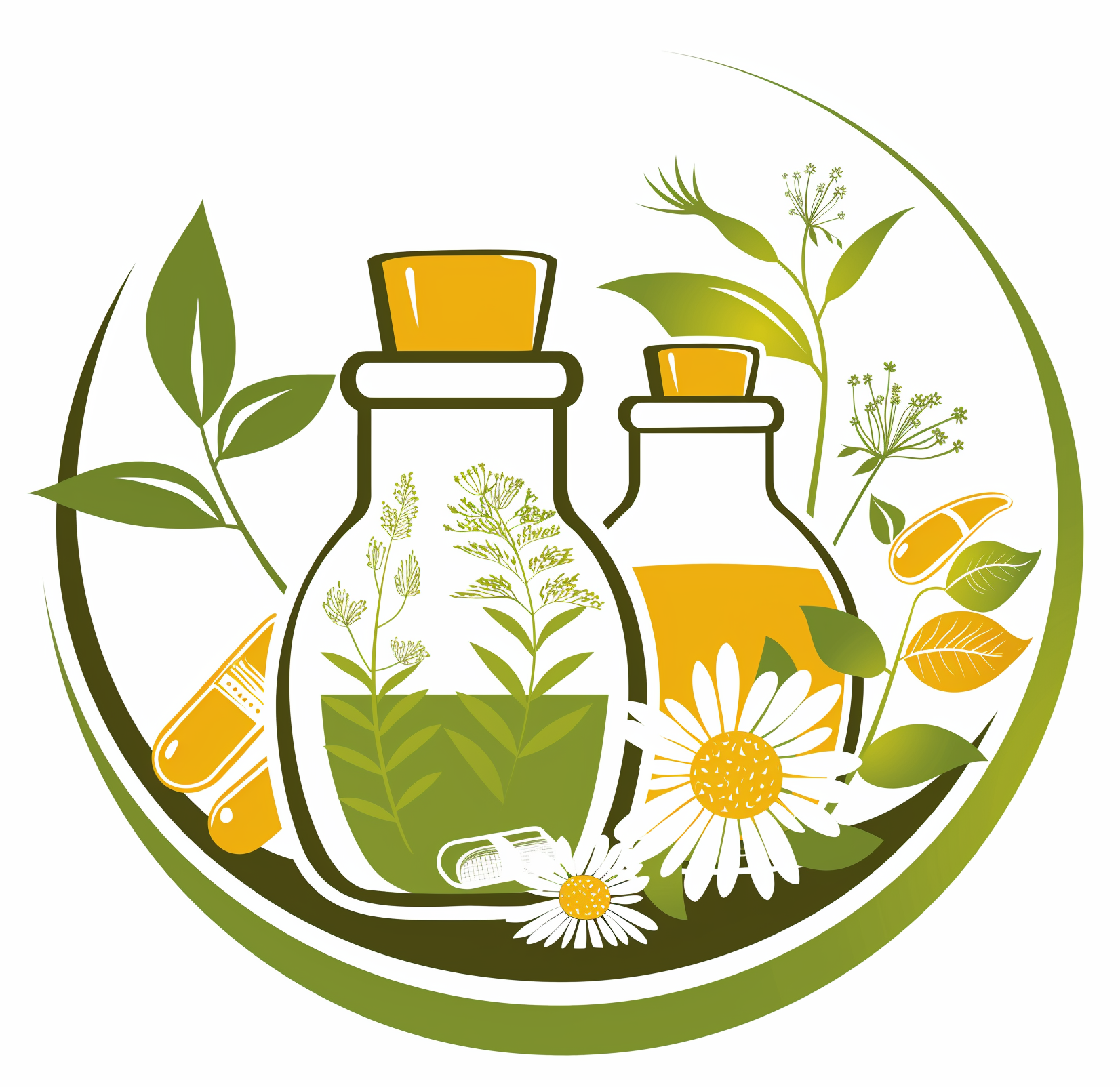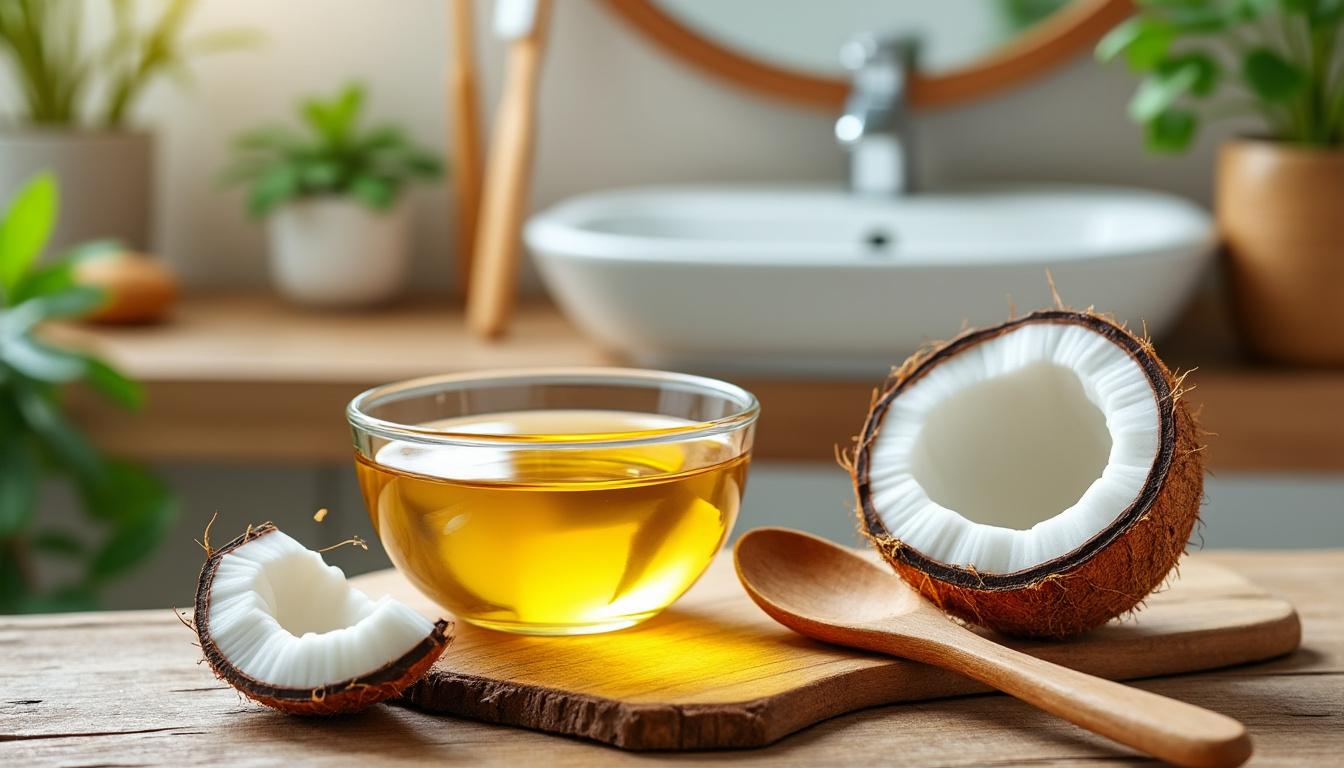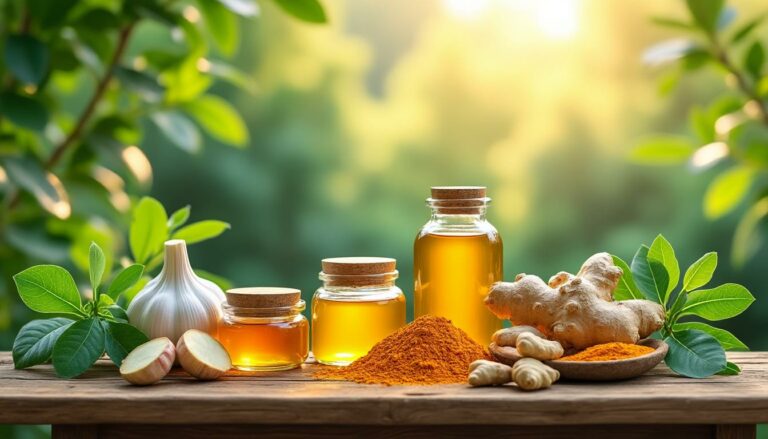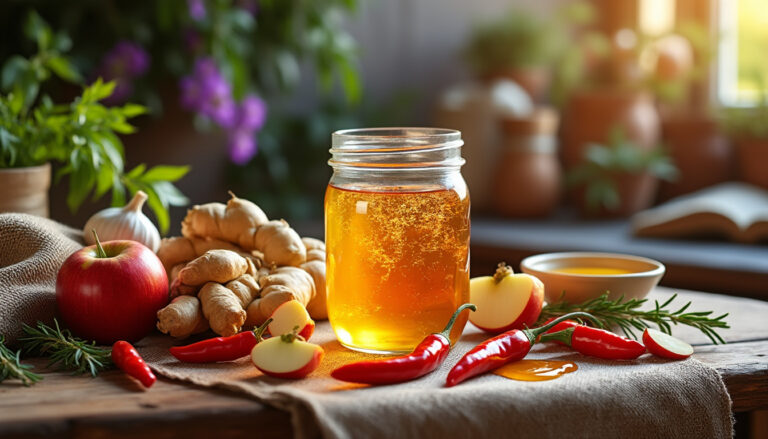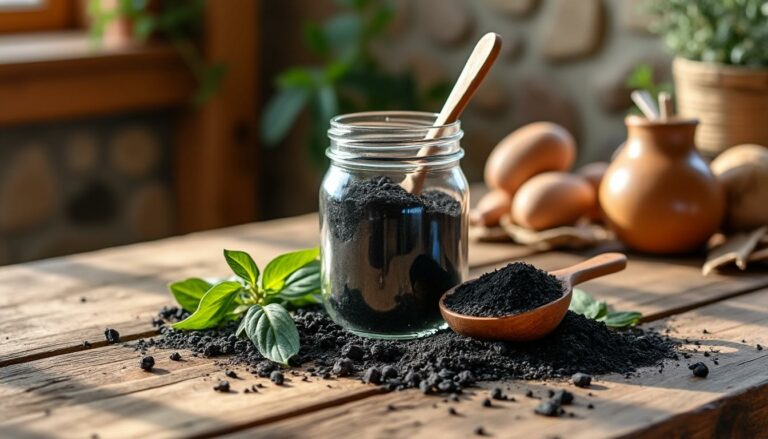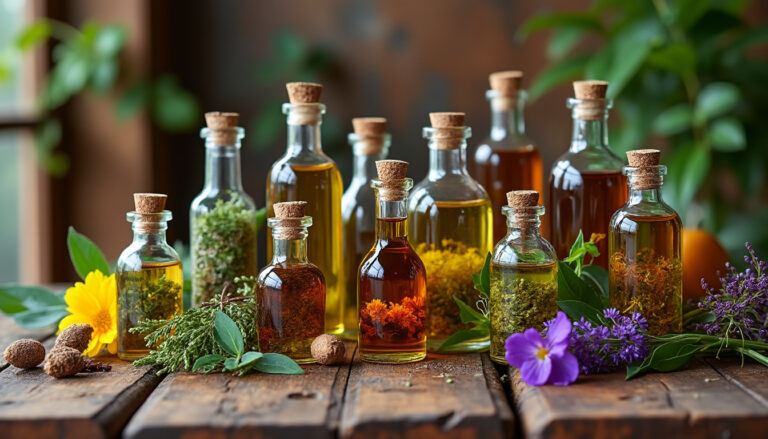What is oil pulling? Discover the benefits for oral health
oil pulling has resurfaced on social feeds as an ancient fix for modern mouth woes. Many people wake up with a pasty tongue, lingering morning breath, and the nagging fear that commercial mouthwashes are just masking the issue.
Left unchecked, that bacterial film hardens into plaque, gums redden, and dental bills climb. Studies now link poor oral hygiene to heart challenges and systemic inflammation—stakes far higher than a whiter smile.
Good news: a tablespoon of plant oil, swished with intention, can add a powerful yet gentle layer to your routine. This guide walks you through origins, evidence, safe practice, and the best oils to try—so you can decide if the ritual earns a spot beside your toothbrush.
Oil pulling meaning & Ayurvedic roots
Ayurvedic texts dating back 3 000–5 000 years describe two core techniques—Kavala Graha (small sip, 3 min) and Gandusha (mouthful, 5 min). Both aim to “draw” impurities from gum tissue before sunrise, much like today’s detox teas target the liver.
- 🕉️ Holistic aim: balance oral flora to support whole-body wellness.
- 📜 Time-tested practice: referenced in Charaka Samhita, an Ayurvedic classic.
- 🌱 DIY-friendly: no special tools—just edible oil and patience.
| Traditional Method 🧪 | Oil Volume | Swish Time | Primary Goal |
|---|---|---|---|
| Kavala Graha | ≈ 1 tsp | 3 min | Daily maintenance |
| Gandusha | Mouthful | 5 min | Acute mouth issues |
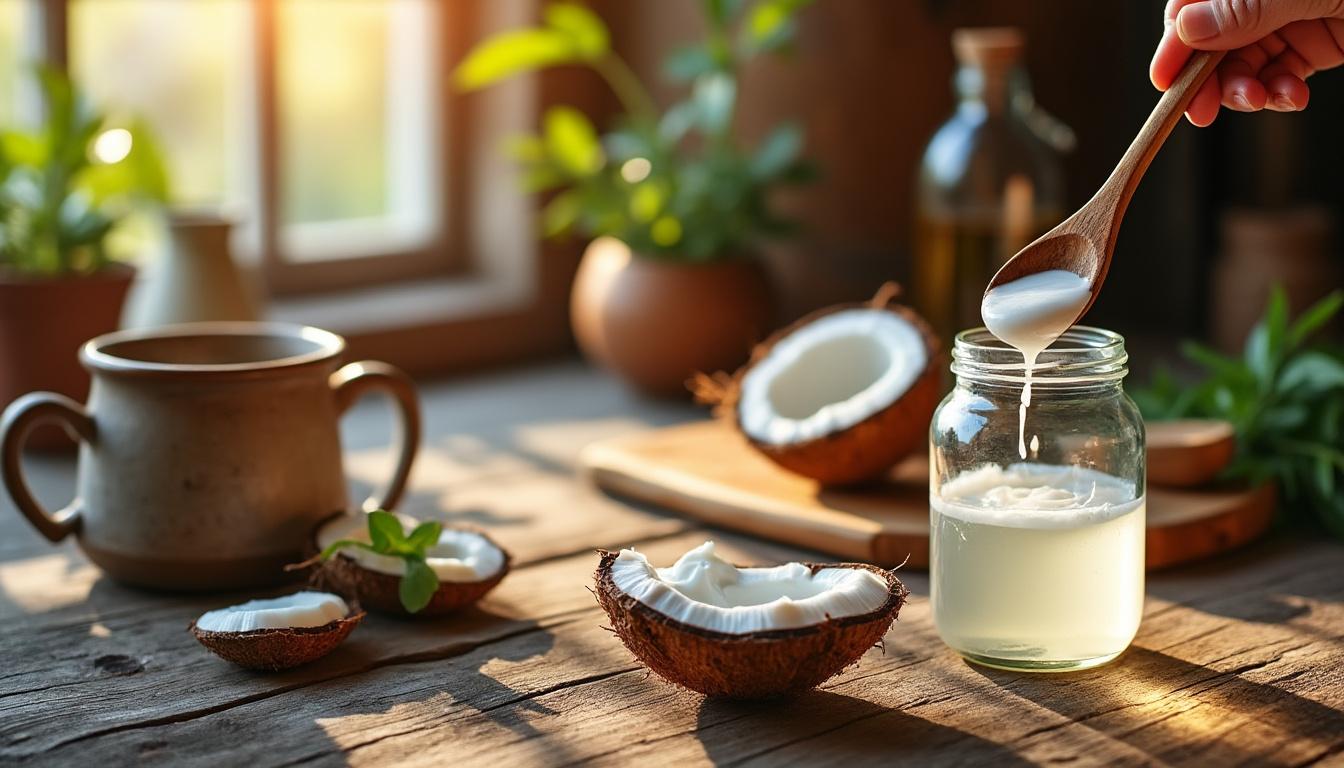
Proven and potential benefits for oral health
Let’s sift the hype from hard data. Meta-analyses up to 2024 show modest yet notable gains when oil pulling complements—not replaces—brushing and flossing.
Fresher breath & balanced bacteria
Studies from India, Norway, and Canada found a significant drop in Streptococcus mutans counts after 2 weeks of daily swishing.
- 🌬️ Breath boost: Results often mirrored 0.12 % chlorhexidine rinses without the chemical aftertaste.
- 🦠 Microbe shift: Oil disrupts bacterial membranes, making them easier to expel when you spit.
- 💧 No alcohol burn: Gentler for sensitive mouths.
| Study (Year) 📚 | Oil Used | Outcome vs. Placebo |
|---|---|---|
| J Clin Dent Res 2014 | Sesame Oil | Halitosis reduced 50 % |
| Oral Health 2022 Review | Coconut Oil | Lower bacterial colonies; plaque unchanged |
| Global Dent J 2023 Meta | Mixed Oils | Gingival scores improved modestly |
Gum health & plaque management
Oil acts as a surfactant, slipping between gums and enamel where brushes can miss.
- 🪥 Less bleeding: Pilot studies show reduced gingivitis markers after 30 days.
- 🛡️ Lipid shield: Thin oil film may slow new plaque from sticking.
- 🧊 Anti-inflammatory: Lauric acid in Coconut Oil calms irritated tissue.
Yet dentists stress: floss reaches interdental biofilm more efficiently. Treat oil pulling as an add-on, not a swap-out.
Step-by-step guide to start oil pulling safely
If it’s your first time, start small and build the habit just after waking, before coffee.
- 🥄 Scoop 1 teaspoon of Coconut Oil (Nutiva or Viva Naturals) and let it melt on the tongue.
- 🔄 Swish gently—no gargling—for 5 minutes. Work up to 15–20 minutes over two weeks.
- 🚮 Spit into a lined trash can (oils clog drains).
- 🪥 Brush with a soft bristle and rinse.
- 📆 Repeat daily for a month, then re-assess gum feel and breath.
| Oil Option 🥥🌻 | Notable Compounds | Texture / Taste | Trusted Brand |
|---|---|---|---|
| Coconut Oil | Lauric acid 🛡️ | Creamy, mild sweet | Nutiva • Viva Naturals |
| Sesame Oil | Sesamin antioxidants 🌿 | Nutty, thin | Spectrum Essentials |
| Sunflower Oil | Vitamin E ✨ | Light, neutral | Tropicana |
| Olive Oil | Oleuropein polyphenols 💚 | Fruity, robust | Garden of Life • Dr. Bronner’s |
Risks, myths & dentist-approved best practices
No severe side-effects show up in literature, but three caution flags deserve attention.
- ⚠️ Overconfidence: Replacing brushing/flossing can accelerate cavities.
- 🌍 Unregulated imports: Some Ayurvedic oils contained heavy metals in a Harvard survey—stick to reputable food-grade brands.
- 💨 Aspiration risk: Swish slowly; inhaling oil droplets can trigger lipoid pneumonia (rare).
| Claim 🔍 | Reality Check | Actionable Tip |
|---|---|---|
| “Pulls systemic toxins” | No clinical proof | View as oral cleanse only |
| “Whitens like peroxide” | Evidence lacking | Pair with baking-soda polish weekly |
| “Safe for kids of all ages” | Choking hazard under 5 yrs | Introduce after reliable spitting skills |
Dentists in 2025 encourage integrating oil pulling on days when alcohol-based mouthwash feels too harsh, always followed by gentle brushing with fluoride or hydroxyapatite paste.
Oil pulling FAQ
Below are quick answers to questions readers send most often.
- 🤔 How long before results show?
Many notice fresher breath within a week; gum improvements usually need 3–4 weeks of daily practice. - 🌱 Can essential oils be added?
Yes—1 drop of tea tree or peppermint per tablespoon boosts flavor and antimicrobial kick, but avoid ingesting. - 👶 Is oil pulling safe during pregnancy?
Generally yes with edible oils, yet always consult a prenatal dentist for personalized advice. - ⏰ Morning or night?
Morning is ideal; saliva flow is low overnight, so bacterial load is highest at dawn. - 💸 Does brand quality matter?
Absolutely. Food-grade, cold-pressed options from Nutiva, Viva Naturals, Garden of Life, Dr. Bronner’s, Tropicana, or Spectrum Essentials ensure purity and flavor you will actually use.
In short, weaving oil pulling into your daily ritual can refresh breath and soothe gums—provided you keep brushing, flossing, and smiling wide.
